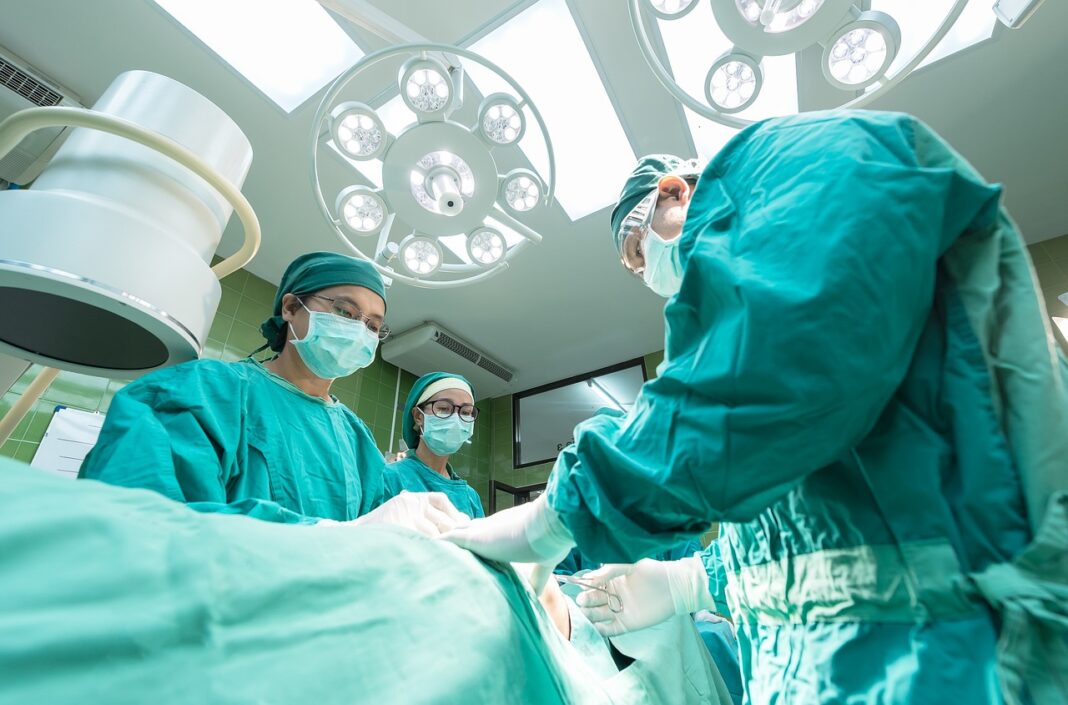Bioprinting, a cutting-edge application of 3D printing technology, is rapidly transforming the landscape of medicine. By using living cells as “ink” instead of synthetic materials, bioprinting allows scientists to create tissues, organs, and more tailored to individual patients. While it’s still an emerging technology, its potential to revolutionize healthcare is enormous, from personalized implants to solving the organ shortage crisis.
What is Bioprinting?
Bioprinting is a process that involves printing living cells in precise patterns to create 3D structures that mimic human tissues. Unlike traditional 3D printing, bioprinting leverages biological materials to build tissues layer by layer. This technology promises the production of everything from simple skin patches to complex tissues and organs that could one day be used in transplants.
Key Applications
- Personalized Implants & Prosthetics – One of the most immediate benefits of bioprinting is the ability to create customized implants and prosthetics. Whether it’s a joint replacement, dental implant, or bone repair, bioprinting can tailor these devices to fit a patient’s anatomy. This personalized approach leads to better fit, faster recovery, and improved patient outcomes.
- Organ and Tissue Printing – While full organ printing is still in the research phase, scientists have succeeded in printing tissues like skin, cartilage, and liver cells. These tissues are used in research to test drugs and study disease progression. The ultimate goal is to print complex organs like kidneys, hearts, or livers. This could drastically reduce the waiting time for organ transplants and save countless lives.
- Drug Testing – Bioprinting is also making waves in drug testing. Traditional drug testing involves animal models or 2D cell cultures. This method can often be inaccurate and time-consuming. With bioprinted tissues, researchers can test how drugs interact with human-like tissues, speeding up the process and improving the precision of results. This could lead to safer, more effective drugs and a reduction in the need for animal testing.
Challenges and Future Potential
Despite its promising applications, bioprinting faces several significant challenges. The most critical obstacle is vascularization, or the ability to create functional blood vessels within printed tissues. For tissues to survive and function, a blood supply is required to deliver nutrients and oxygen. While researchers are making strides in printing vascular networks, it’s a complex process, especially for larger organs. Additionally, regulatory and ethical concerns must be addressed as bioprinted organs become more feasible. Questions around organ ownership, accessibility, and the safety of using bioprinted tissues in human patients need to be carefully considered as technology advances.
While there are hurdles to overcome, the future of bioprinting is incredibly promising. Researchers are improving printing techniques, and there have been multiple breakthroughs in creating more complex tissues. In the coming years, we could see bioprinted tissues used in clinical settings for burn victims, drug testing, and even as temporary solutions for organ failure. The dream of printing fully functional, transplantable organs could become a reality. This would not only address the global shortage of organs, but could eliminate the need for organ rejection medication, as bioprinted organs could be tailored to a patient’s cells.
Bioprinting represents a major leap forward in medical technology. Offering custom solutions and life-saving treatments for all patients, bioprinting could become a central player in the medical field. The future of bioprinting in medicine is bright, and it’s only a matter of time before it transforms how we approach healthcare.
Sources:
- https://pmc.ncbi.nlm.nih.gov/articles/PMC8757855/#:~:text=Using%20bioprinting%20technology%2C%20scientists%20may,reduce%20the%20organ%20transplant%20shortage.
- https://pmc.ncbi.nlm.nih.gov/articles/PMC8757855/
- https://journals.library.columbia.edu/index.php/cusj/blog/view/541#:~:text=Eventually%2C%20scientists%20hope%20to%20reproduce,a%20digital%20blueprint%20to%20read.

